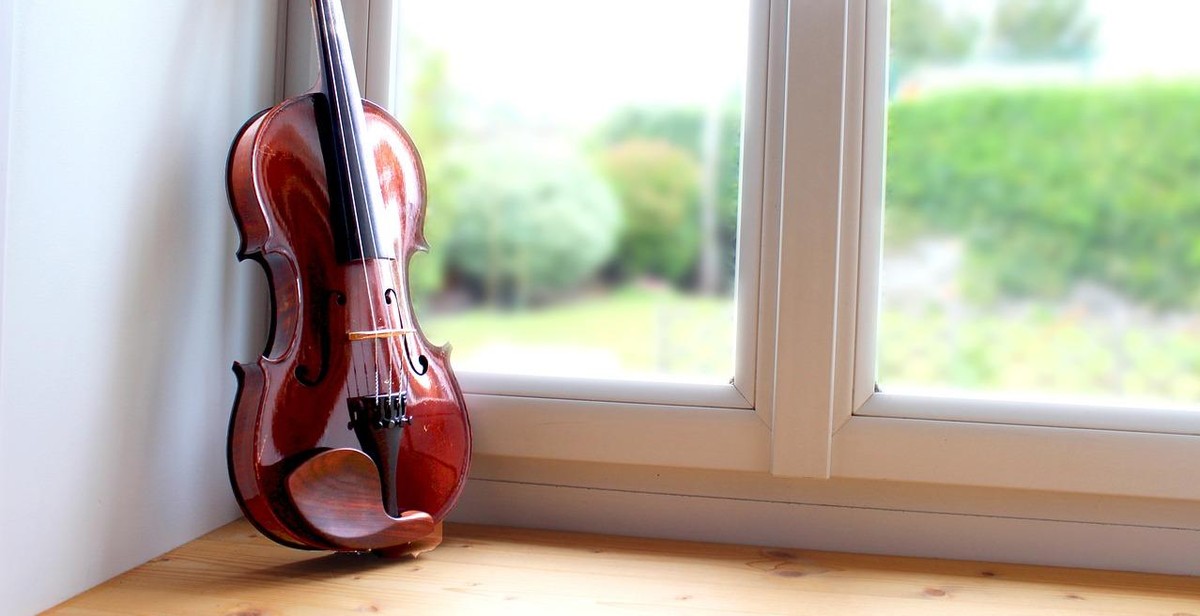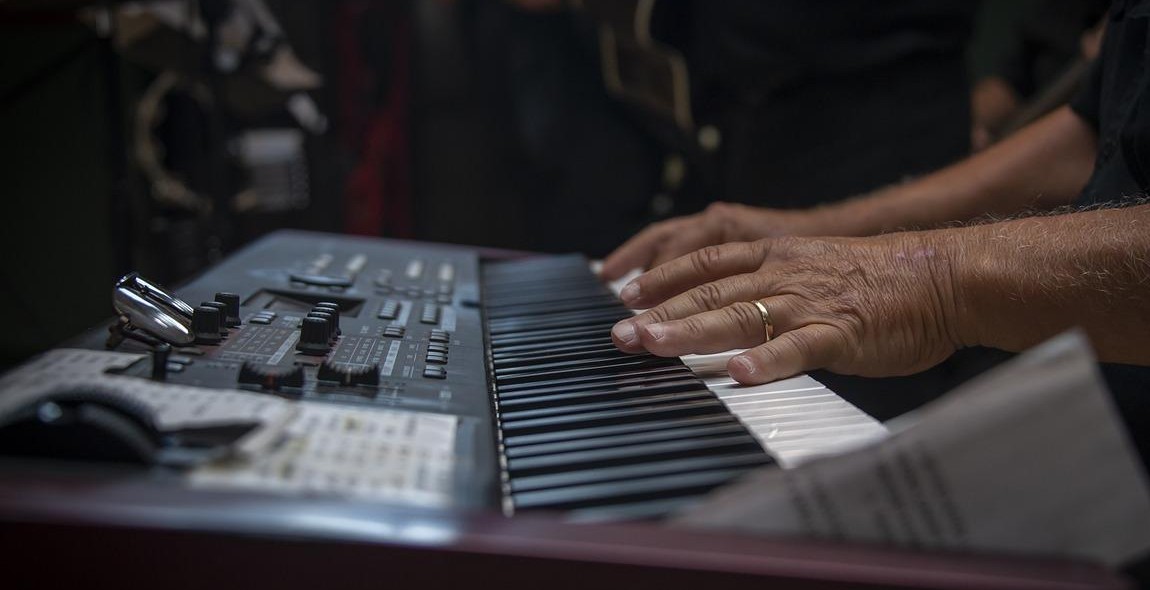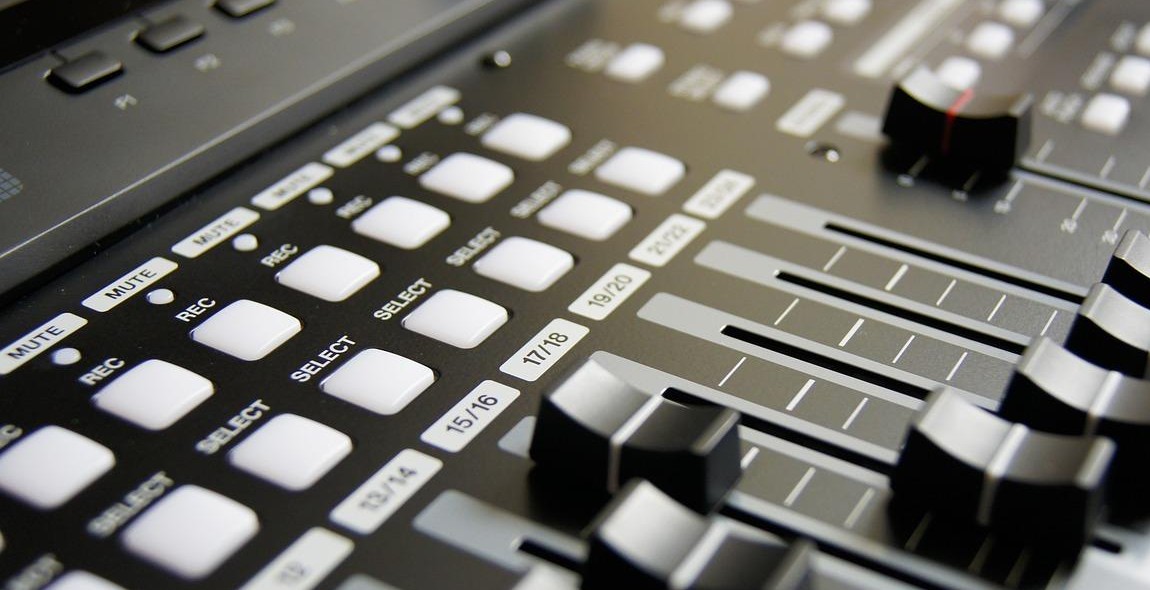How to Play the Piano: Beginner’s Guide to Keyboards and Music Theory
If you’re interested in learning how to play the piano, you’re in the right place. Playing the piano is a rewarding experience that can bring joy and fulfillment to your life. Whether you’re a complete beginner or have some experience playing other instruments, this beginner’s guide will help you get started on your piano journey.
Choosing the Right Keyboard
The first step in learning how to play the piano is choosing the right keyboard. There are many different types of keyboards available, from acoustic pianos to digital keyboards. Acoustic pianos offer the most authentic playing experience, but they can be expensive and take up a lot of space. Digital keyboards are more affordable and versatile, but they may not feel or sound exactly like a real piano.
- Acoustic pianos
- Digital keyboards
- Keyboard features to consider
Understanding Music Theory
Before you can start playing the piano, it’s important to have a basic understanding of music theory. This includes learning about notes, scales, chords, and rhythm. You don’t need to become an expert in music theory, but having a foundation will make it easier to learn and play music.
- Notes and scales
- Chords and chord progressions
- Rhythm and timing
Getting Started with Piano Lessons
Once you have a keyboard and a basic understanding of music theory, you’re ready to start learning how to play the piano. There are many different ways to learn, from self-teaching with online resources to taking lessons from a professional instructor.
- Online resources
- Piano books and sheet music
- Professional instructors
With dedication and practice, you can become a skilled piano player and enjoy the many benefits that come with playing music.
Choosing a Keyboard
When it comes to choosing a keyboard, there are a few important factors to consider. These include whether to go for an acoustic or digital keyboard, the number of keys, whether the keys are weighted or unweighted, and the level of polyphony.
Acoustic vs. Digital
Acoustic pianos are the traditional option and are loved for their rich sound and feel. However, they can be expensive and bulky. Digital keyboards, on the other hand, are more affordable and portable. They also come with a range of features such as different sounds and effects. Ultimately, the choice comes down to personal preference and budget.
Number of Keys
The number of keys on a keyboard can vary from 25 to 88, with 61 and 76 key options also available. Beginners may find it easier to start with a smaller keyboard, but if you plan on playing more advanced pieces, it’s best to go for a full-sized keyboard with 88 keys.
Weighted vs. Unweighted Keys
Weighted keys simulate the feel of an acoustic piano, where the keys are heavier in the lower registers and lighter in the higher registers. This makes it easier to play with expression and dynamics. Unweighted keys are lighter and easier to play, but they don’t offer the same level of control. Beginners may prefer unweighted keys, but more experienced players will benefit from weighted keys.
Polyphony
Polyphony refers to the number of notes a keyboard can produce at once. A minimum of 32-note polyphony is recommended, but for more complex pieces, a higher polyphony is necessary. This is particularly important for playing chords and using sustain pedals.
| Factor | Acoustic | Digital |
|---|---|---|
| Sound | Rich and authentic | Can vary depending on model |
| Cost | Expensive | More affordable |
| Portability | Not portable | Portable |
| Number of Keys | 88 keys | Can vary |
| Weighted Keys | Always weighted | Can vary depending on model |
| Polyphony | N/A | Varies depending on model |

Basic Music Theory
Learning music theory is essential for anyone who wants to play the piano. It helps you understand the structure of music, including notes, scales, chords, and intervals.
Notes and Scales
The first thing you need to learn is the musical alphabet, which consists of seven letters: A, B, C, D, E, F, and G. These letters represent the notes on the keyboard.
A scale is a series of notes played in a specific order. The most common scale is the major scale, which consists of seven notes. For example, the C major scale is C, D, E, F, G, A, B, and then back to C.
Chords
A chord is a group of three or more notes played together. The most common chord is the triad, which consists of three notes played together. For example, the C major triad is C, E, and G.
Chords are essential in music because they provide the harmony and support for the melody.
Intervals
An interval is the distance between two notes. There are two types of intervals: melodic and harmonic. Melodic intervals are played one note at a time, while harmonic intervals are played together.
Intervals are important in music because they provide the foundation for melody and harmony.
| Note | Interval | Chord |
|---|---|---|
| C | Root | C major |
| E | Major third | |
| G | Perfect fifth |
Understanding music theory will help you become a better musician and make learning the piano easier and more enjoyable.

Getting Started with Playing
If you’re new to playing the piano, getting started can be intimidating. But with the right approach and some basic knowledge, you can quickly start making music and enjoying the experience. Here are some tips to help you get started:
Sitting and Hand Position
Before you start playing, it’s important to make sure you’re sitting in the correct position and that your hands are properly positioned on the keyboard. Sit on the bench with your back straight and your feet flat on the ground. Place your hands on the keyboard with your fingers curved and your thumbs resting on the space bar. Make sure your wrists are level with the keys and your elbows are at your sides.
Playing with Both Hands
Once you’re comfortable with your hand position, it’s time to start playing. Start with simple exercises that use both hands, such as playing scales or chords. Practice slowly at first, focusing on accuracy and proper finger placement. As you become more comfortable, you can start playing simple songs that use both hands.
Reading Sheet Music
Reading sheet music is an essential skill for any pianist. Start by learning the basics of music notation, including the staff, clefs, and note values. Then, practice reading simple pieces of sheet music, focusing on playing the correct notes and rhythms. As you become more comfortable, you can start playing more complex pieces of music.
- Make sure you’re sitting in the correct position with your back straight and your feet flat on the ground
- Position your hands on the keyboard with your fingers curved and your thumbs resting on the space bar
- Practice playing with both hands, starting with simple exercises like scales and chords
- Learn the basics of music notation and practice reading sheet music
By following these tips and practicing regularly, you’ll be well on your way to becoming a confident and skilled piano player.

Practicing Techniques for Playing the Piano
Learning to play the piano can be a challenging but rewarding experience. Practicing regularly is essential to improve your skills and become proficient in playing the instrument. Here are some effective techniques that can help you practice and master playing the piano:
Repetition
Repetition is key to mastering any skill, and playing the piano is no exception. Practice the same piece of music repeatedly until you can play it smoothly and accurately. This will help you develop muscle memory and increase your playing speed.
Finger Exercises
Finger exercises are essential for building strength, dexterity, and flexibility in your fingers. Practice scales, arpeggios, and other finger exercises to improve your finger coordination and strengthen your fingers.
Playing Slowly
Playing slowly is an effective way to learn difficult pieces of music. Start by playing a piece at a slow tempo and gradually increase the speed as you become more comfortable. This will help you focus on the notes and improve your accuracy.
Breaking Down Difficult Parts
Breaking down difficult parts of a piece into smaller sections can make it easier to learn. Practice each section separately and gradually integrate them into the whole piece. This technique can help you master even the most challenging pieces of music.
- Practice the same piece of music repeatedly
- Practice scales, arpeggios, and other finger exercises
- Start by playing a piece at a slow tempo
- Break down difficult parts of a piece into smaller sections
By using these techniques, you can effectively practice playing the piano and improve your skills over time. Remember to practice regularly and stay patient and persistent in your efforts to master this beautiful instrument.

Playing Different Genres
Playing the piano is not just about learning music theory and mastering the basics. It’s also about exploring different genres and styles of music. As a beginner, it’s essential to start with the basics, but once you have a good understanding of the fundamentals, you can start playing different genres.
Classical
Classical music is one of the oldest and most traditional genres of music. It’s known for its complex harmonies, melodies, and rhythms. To play classical music, you need to have a good understanding of music theory and be able to read sheet music. Some famous classical composers include Beethoven, Mozart, and Bach.
Pop
Pop music is one of the most popular genres of music. It’s known for its catchy melodies, simple chord progressions, and upbeat rhythms. Playing pop music on the piano is relatively easy, and you don’t need to have a deep understanding of music theory. Some famous pop artists include Adele, Ed Sheeran, and Taylor Swift.
Jazz
Jazz music is a genre that originated in the late 19th and early 20th centuries. It’s known for its improvisation, syncopated rhythms, and bluesy melodies. Playing jazz on the piano requires a good understanding of music theory, particularly chord progressions. Some famous jazz artists include Louis Armstrong, Duke Ellington, and Miles Davis.
Blues
Blues music is a genre that originated in the African American communities in the deep south of the United States. It’s known for its melancholy melodies, call-and-response vocals, and simple chord progressions. Playing blues on the piano requires a good understanding of music theory, particularly the blues scale. Some famous blues artists include B.B. King, Muddy Waters, and Robert Johnson.
| Genre | Famous Artists |
|---|---|
| Classical | Beethoven, Mozart, Bach |
| Pop | Adele, Ed Sheeran, Taylor Swift |
| Jazz | Louis Armstrong, Duke Ellington, Miles Davis |
| Blues | B.B. King, Muddy Waters, Robert Johnson |

Conclusion
Learning how to play the piano is a fulfilling and rewarding experience. With this beginner’s guide to keyboards and music theory, you are well on your way to mastering this beautiful instrument.
Practice Makes Perfect
Remember that consistent practice is key to becoming a skilled pianist. Whether it’s practicing scales, chords, or playing your favorite song, make sure to set aside time each day to work on your skills.
Patience is Key
Learning the piano takes time and patience. Don’t get discouraged if you don’t see progress right away. Keep practicing and you will see improvement over time.
Keep Learning
Continue to expand your knowledge of music theory and piano techniques. There is always something new to learn, and the more you know, the better you will become.
Final Thoughts
Playing the piano is a wonderful way to express yourself creatively and connect with others through music. With dedication and practice, anyone can learn how to play this beautiful instrument.
| Key Takeaways: |
|
Follow these tips and enjoy the journey of learning how to play the piano!
